Last Updated on September 3, 2024
Have you ever heard of green finance? Essentially, it’s a type of financing that supports eco-friendly projects and initiatives.
This post was sponsored by Clean Energy Credit Union All thoughts and opinions are my own; for more information see my disclosure policy.
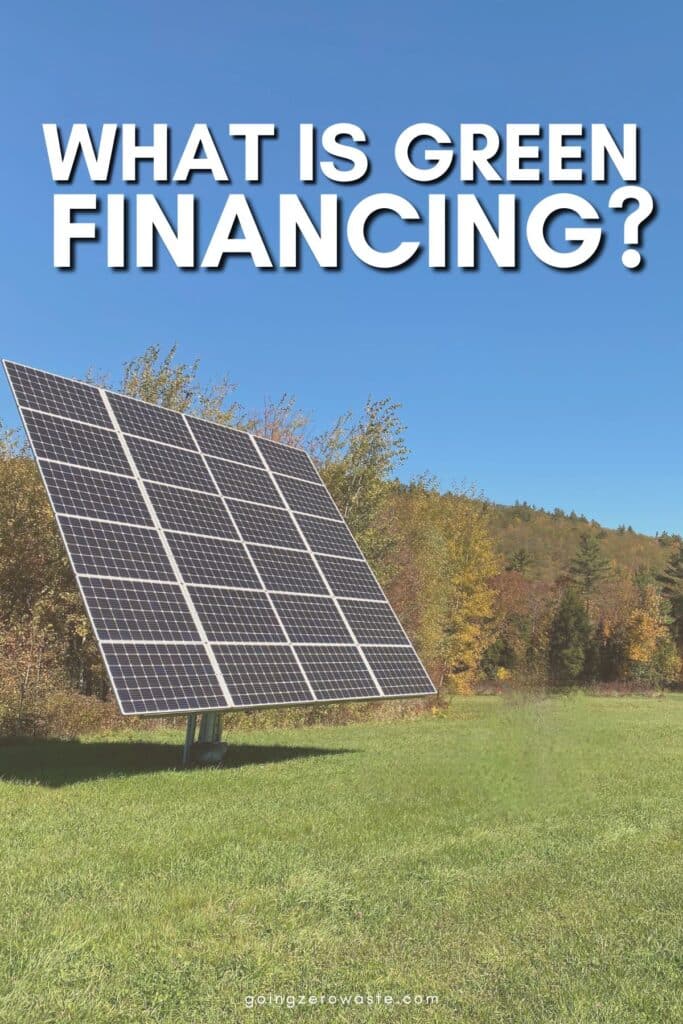
This can include loans and investments that help both people and businesses make more sustainable changes – like installing solar panels or switching to geothermal energy.
Green financing ensures money does good for both people and the planet. Because yes, you can have a robust green economy in place of an extractive one.
According to The New Climate Economy, investments in green infrastructure and energy could net $26 trillion in direct economic benefits worldwide over a 12-year span. That includes 65 million new jobs and $2.8 trillion in government revenue from carbon taxes in the year 2030 alone.
Despite the profits we could see from a greener economy, the fossil fuel industry is still making money. One way they’re doing it is through our bank accounts. We’ll get more into that later.
That’s why it’s so important to support green banks that won’t invest your money into fossil fuels, but rather, support sustainable initiatives that promote a green economy. Here’s a beginner’s guide to divesting from fossil fuels that should help you get started.
If you’re ready to invest in a sustainable future, here’s everything you need to know about green finance.
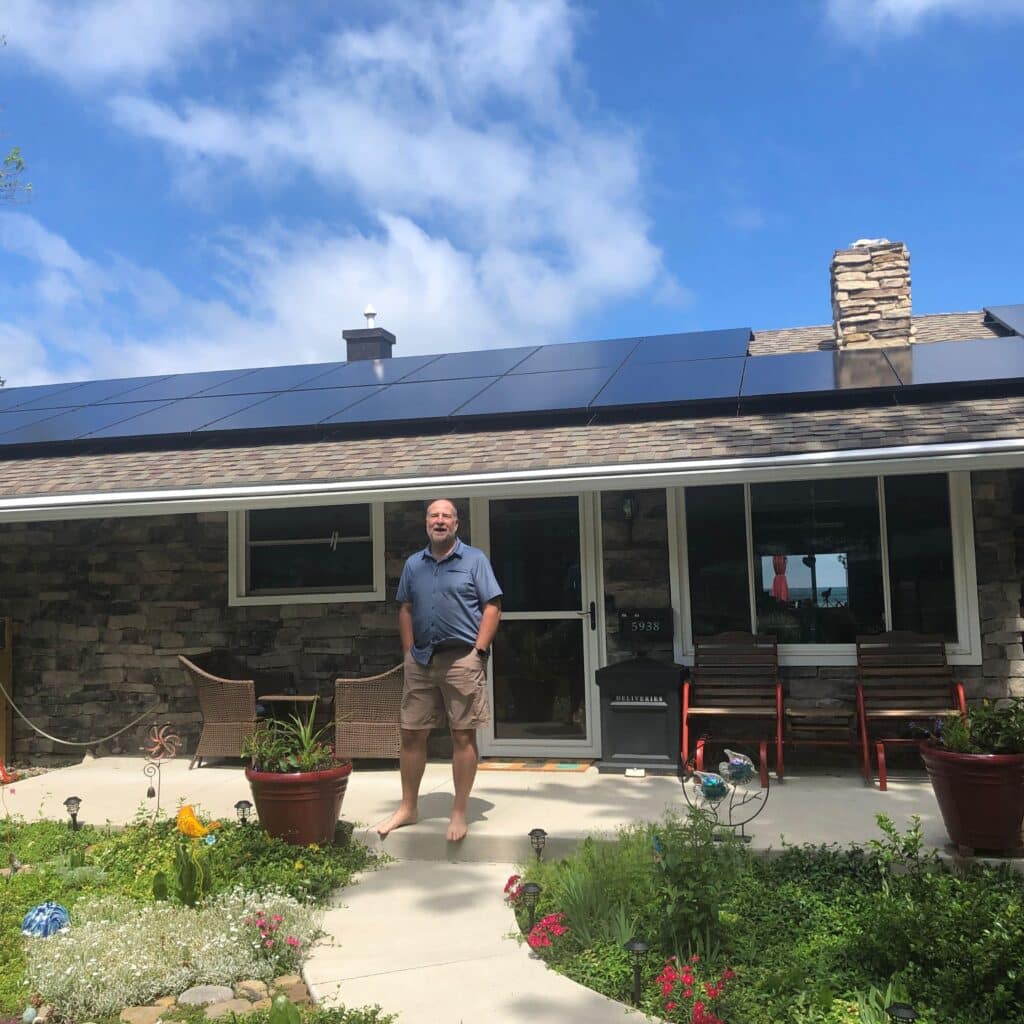
why clean energy financing matters
Climate change mitigation is one of humanity’s biggest projects. And it’s not cheap. You can’t decarbonize the economy and fortify civilization against rising seas and wildfires without massive amounts of spending.
The problem is the entities that hold that kind of money are governments and banks. And most banks are investing your money into fossil fuels.
According to the Banking on Climate report, the world’s 60 biggest banks have committed $6,900,000,000,000 over 8 years to the fossil fuel industry, driving climate chaos.
JP Morgan Chase is leading the way at $430.93 billion USD. Citi follows as the second-worst fossil bank, followed by Bank of America, MUFG, and Wells Fargo. Barclays is the worst in Europe and Bank of China is the worst in China.
Here is what that money is funding:
- Tar sands: These are a mixture of sand, clay, water, and bitumen. Bitumen is a thick, sticky, black oil that is most well-known as a binding agent in road asphalt. Mining of tar sands causes environmental problems such as greenhouse gas emissions, land degradation and water pollution. Think Enbridge’s Line 3 pipeline which runs roughshod over Indigenous rights.
- Arctic, offshore, and fracked oil and gas: Oil and gas extraction disturbs ecosystems, endangers wildlife and threatens the global climate system.
- Coal mining and power: Can cause extensive degradation to natural ecosystems such as forests and can scar the landscape irreparably. On top of this, coal-fired power plants emit more than 60 different hazardous air pollutants.
- Liquified natural gas (LNG): It’s primarily made up of methane, a greenhouse gas 80 times more potent than CO2 in the short term and 30 times worse in the long term. Methane leaks into the atmosphere throughout the LNG production and supply chain.
If we are going to limit global warming to 1.5°C and fully respect human rights, and Indigenous rights in particular, banks must stop financing the fossil fuel industry entirely.
That’s why investing in clean energy projects is crucial for environmental sustainability. Banks need to start financing renewable energy projects that make the transition off fossil fuels fair and just for everyone.
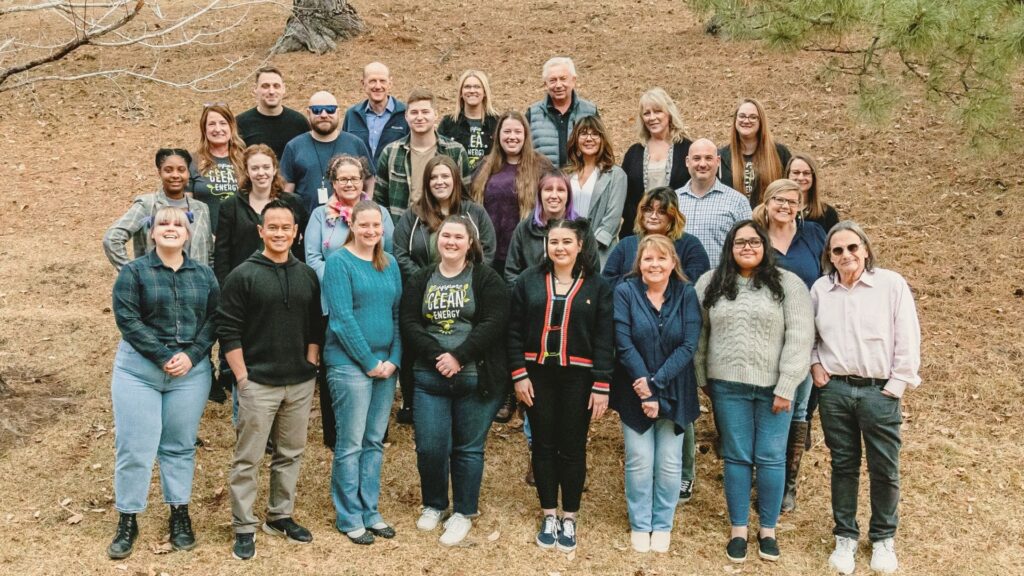
one solution: clean energy credit union
Now that you understand why switching to a sustainable bank is important, let me introduce you to one potential solution to the problem: Clean Energy Credit Union.
Clean Energy Credit Union’s mission is to promote clean energy, environmental stewardship, and cooperative enterprises through the financial services they provide to their members.
Every dollar put into Clean Energy Credit Union goes towards funding clean energy projects for other members.
FYI, a credit union is a non-for-profit financial institution that’s owned and controlled by its members. Credit unions, like Clean Energy Credit Union, offer many of the same financial services as banks do, such as accepting deposits, making loans, and providing credit cards.
However, the main distinction between them is that credit unions often offer better rates and terms than banks, and they return their profits to their members.
As a smaller credit union, Clean Energy Credit Union prioritizes their members’ needs and values their feedback. For instance, they never charge an overdraft fee and offer overdraft protection to provide peace of mind.
They’re also committed to always providing a personal touch—they ensure that every call is answered by a real person. Additionally, they strive for accessibility with low barriers to entry to assist as many people as possible.
Clean Energy Credit Union makes investing in clean energy easier and more accessible, be it $5 or $5000. Each dollar is used to fund other’s clean energy projects.
They also accelerate the adoption of clean energy by offering customized loans that are specifically tailored to clean energy products and services.
Here’s a further look at the services Clean Energy CU offers and their benefits to both members and the environment.
clean energy for all loan program
In order to fight climate change, we must make the transition off fossil fuels accessible to everyone. The problem with this is climate solutions, like installing solar panels or getting an electric vehicle, are costly.
This impacts BIPOC and low-income communities extra hard, as they face additional barriers to accessing the benefits of clean energy. Many low-income and minority borrowers have faced credit challenges, systemic racism, economic injustice, and/or other forms of injustice.
A potential solution to this is the Clean Energy for All Program. It’s focused on helping underserved populations afford clean energy by offering discounted loan rates and credit considerations.
The initiative consists of two programs:
- BIPOC Borrower Program: Aims to increase access to affordable clean energy loans for Black, Indigenous, and other People of Color (BIPOC).
- Low-Income Borrower Program: Aims to increase access to affordable clean energy loans for low-income borrowers.
These programs help borrowers create a more even playing field for minorities and low-income households.
The Clean Energy For All program offers the following discounts on clean energy loan rates:
- A 0.50% rate discount on all Clean Energy CU loans for borrowers with a credit score 680+
- For borrowers whose credit score is below 680, a discounted interest rate not to exceed the designated rate for a 680-credit score. This translates to a rate discount of at least 0.50% and possibly more.
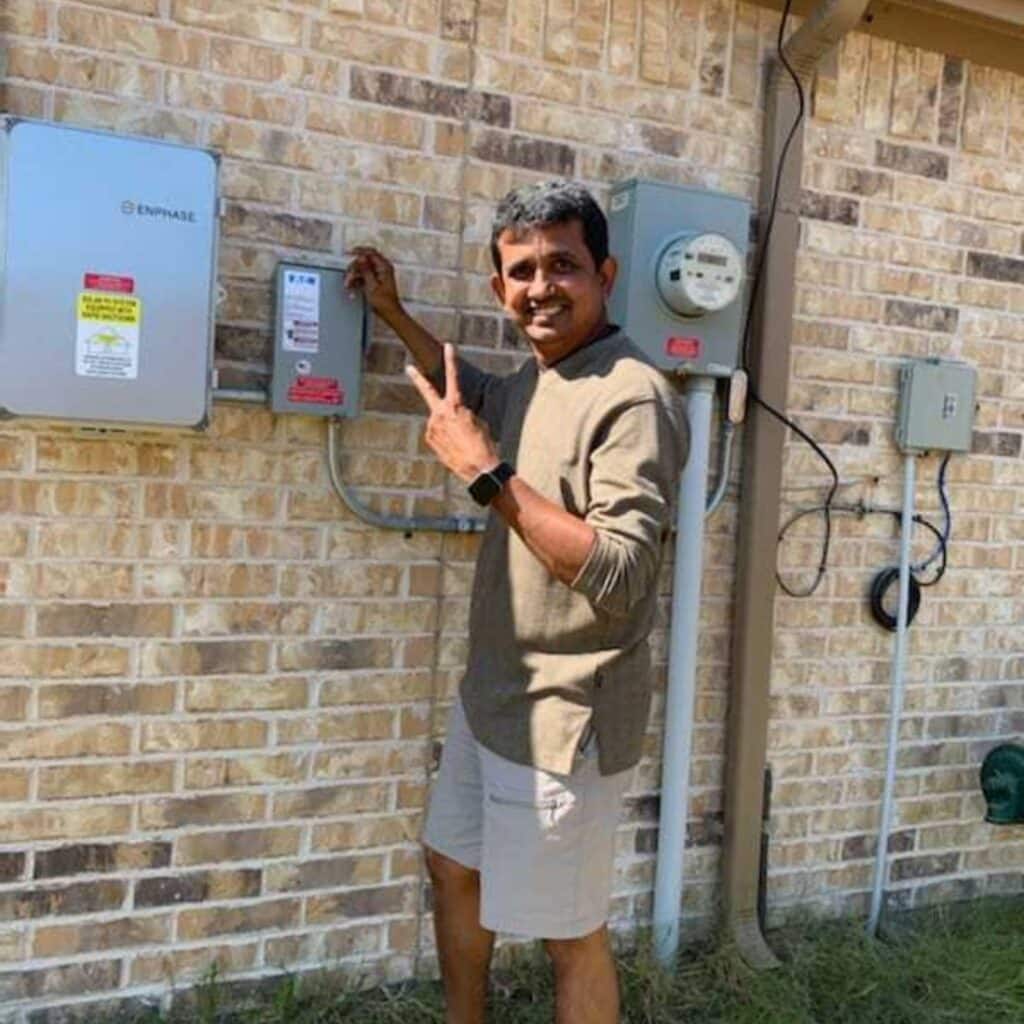
member benefits
Many banks are not transparent with their funds and exactly what they’re supporting with your money. For instance, Clean Energy CU members can feel good knowing that their dollars are supporting the clean energy movement rather than being invested in fossil fuels.
Plus, members can calculate the impact of their dollars with their carbon offset calculator. For example, let’s say you have $500 in your account – you’d be offsetting 218lbs of carbon per year. According to the EPA, that amount of carbon is equivalent to 240 miles driven by an average gas powered car.
Here are just a few member benefits:
- Members can earn high returns on their dollars, including 3.50% interest on qualifying checking accounts and even higher returns on CDs.
- Minimal fees including no monthly account fees, no overdraft fees, minimal to no ATM fees.
- Enjoy an institution that is focused on sustainability with debit cards made from bio-based, industrially compostable, polylactic material, no mailed statements or paper and optional recycled checks upon request.
- Easy to access accounts with online banking and a mobile app as well as a over 32,000 in-network ATMs, 5,000+ shared branches, and ability to deposit cash and coins via CoinStar kiosks.
- A team of passionate individuals that care about our members and the environment. When you call or chat you’ll talk to a real-person who is there to help!
what makes clean energy CU stand out:
Clean Energy CU is a not-for-profit, member-owned organization. This is very different from traditional banks, because members are equal owners of the credit union and have a say in how it operates. Members typically elect a volunteer board of directors to manage credit unions.
Here’s a glance at some of the unique financial products they offer:
They also offer services such as online and mobile banking, e-statements, ID-Pal Identity verification, coinstar and wire transfers.
All revenue earned is reinvested into the credit union in the form of lower interest rates on loans, minimal fees, and higher dividends on deposit accounts.
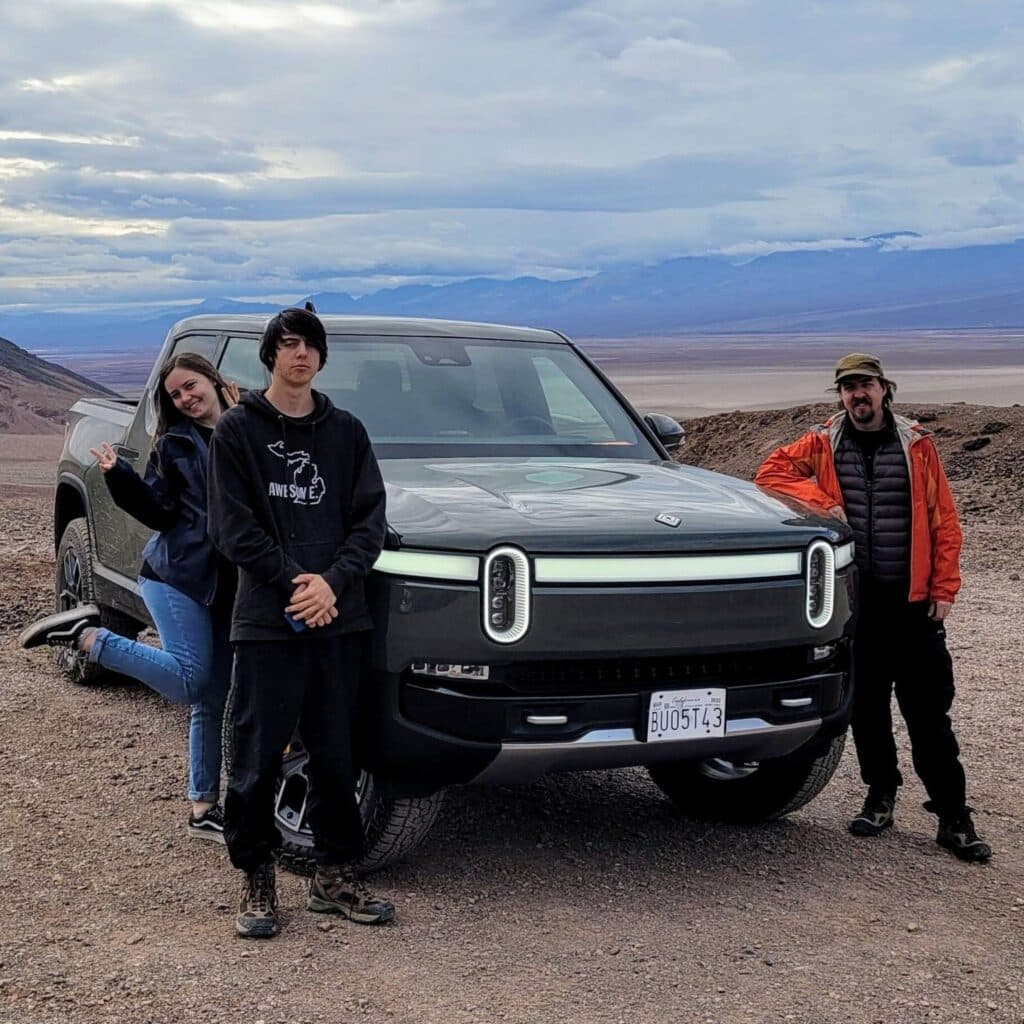
financing:
Clean Energy CU can help you finance your sustainability mission.
Let’s say you really want to install solar panels on your roof, but just don’t have the funds at the moment. No worries! You can open a loan with Clean Energy CU that will help you afford them and create a payment plan that works for you.
Here are some examples of sustainable projects they finance:
- Solar panels
- Geothermal heat
- Green home improvements
- Electric vehicles + electric bikes
This makes sustainable living more affordable and accessible, which ultimately helps cut down on carbon emissions and helps people achieve net-zero homes. Imagine if all banks did this?
more ways to make your money “go green(er)”
Alongside joining a green bank, there are other ways you can make your money do more for the planet. Here are some you might not have considered.
shop your values
When you shop, you’re voting with your dollar. If we want to create a greener economy, then we need to spend and invest our money into local communities, fair wages, and a sustainable future.
We can do this buy opting to buy:
- Sustainable brands and products made with organic, fair trade, and renewable resources
- Shopping at our local farmers market or joining a CSA box
- Purchasing from local artisans and makers
- Gifting our loved ones eco-friendly products designed to help them live a more sustainable lifestyle
consume less overall
Buying less and using what you have is always the most sustainable option. And, it’s a proven money saver!
Underconsumption core is currently trending on social media right now, and for good reason.
We are constantly bombarded with ADs: Be it on social media, TV, radio, etc. Celebrity culture also drives us to think overconsumption is normal (like owning 25+ pairs of shoes).
But the truth is, we don’t need huge hauls or another product to make us happy. Normal life doesn’t look like that. In fact, it’s proven that overconsumption is making us more stressed out and unhappy.
Choosing to buy less – whether it be limiting yourself to one or two splurges per month, or taking a no buy month challenge – can help us feel less stressed. Our spaces will feel less cluttered and our money can go towards the items we need or big milestones we’re trying to save for (like a home).
I wait thirty days before making a purchase. This helps me avoid impulse purchases: If I’m still thinking about that item at the end of the month, I go for it! I also make sure I take care of the clothes I already own and have defined my personal style so I’m truly happy re-wearing the pieces in my wardrobe.
get a green job
If you’re on the job market, or still studying in college, consider getting a green job. Here are the best paying environmental science jobs.
Environmental science careers are so important as we push toward cleaner sources of energy and environmental protection. These jobs in environmental science will make a difference and cover your bills.
Some require law degrees, while others offer the highest paying jobs with a biology degree for an environmentalist career regardless of your specialty.
You can also check out the green job board by Kristy Drutman (browngirl_green). It’s updated on a consistent basis and features sustainable jobs exclusively, detailing if it’s entry-level, the salary estimate, and the location.
The Biden administration also rolled out The American Climate Corps: When you sign up, you’ll get paid to work on climate solutions. They have all different kinds of jobs from clean energy to community resilience.
save on your water and electricity bill
Did you know that saving money on your water and electricity bills can also help the planet?
Think about this: Energy and water are valuable resources. To turn on lights and watch TV, we need electricity which often is generated from fossil fuels. And our water is a natural resource that’s renewable, but limited. If we consume too much fresh water than nature can restore, the amount of freshwater available can decrease.
One way we can fight the climate crisis is through reducing water or energy waste. Here’s how to save money on your water bill and electric bill (in both the kitchen and bathroom) – while saving resources.
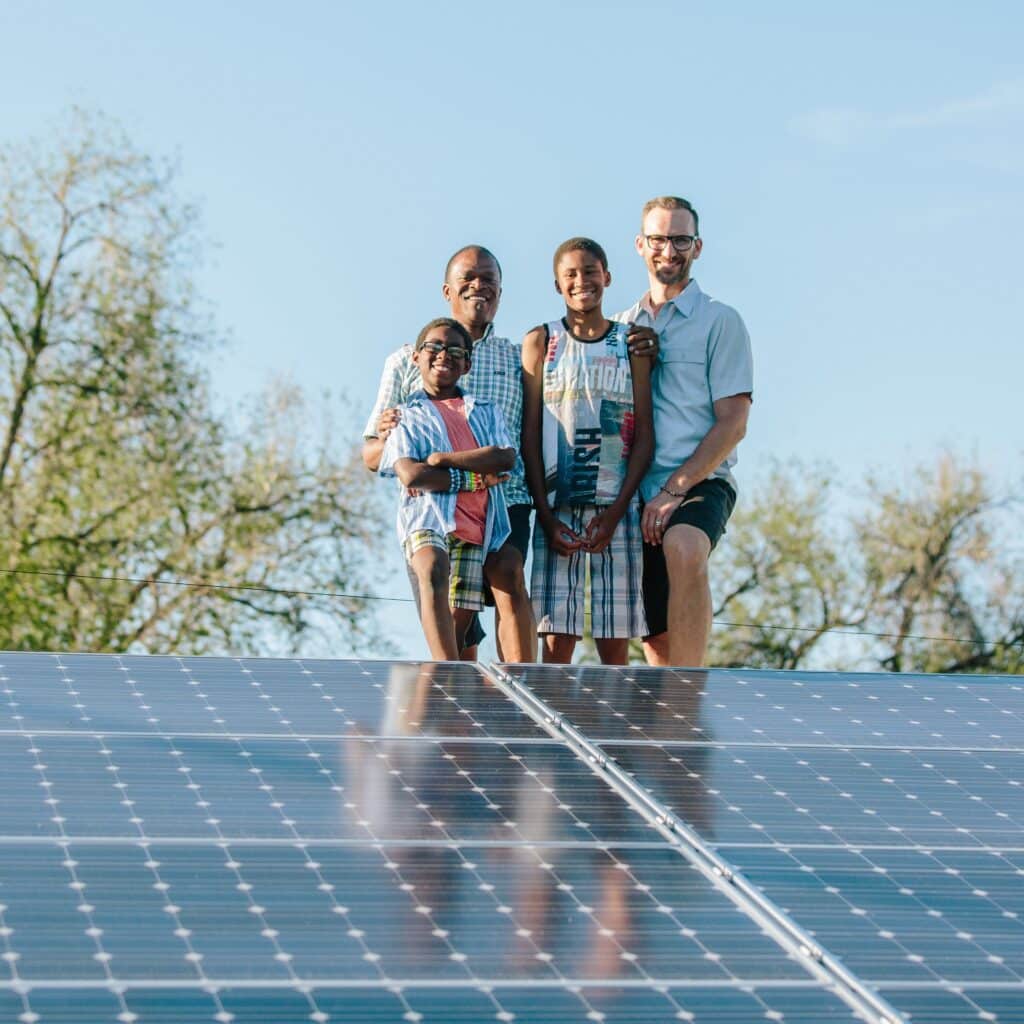
take action: break up with your bank
So, if you want to start your green finance journey, I encourage you to consider joining Clean Energy Credit Union. By joining, you will be helping them invest in more clean energy and environmental stewardship for a better tomorrow.
Still unsure about breaking up with your bank? Take a moment to find out what your bank invests in. You can do this by checking out Bank.green, GreenAmerica.org, Bankforgood.org, and asksustainable.com. They all have bank lookups where you can see if your bank is funding the climate crisis.
Break up with your fossil fuel funding banks and join Clean Energy Credit Union instead!



